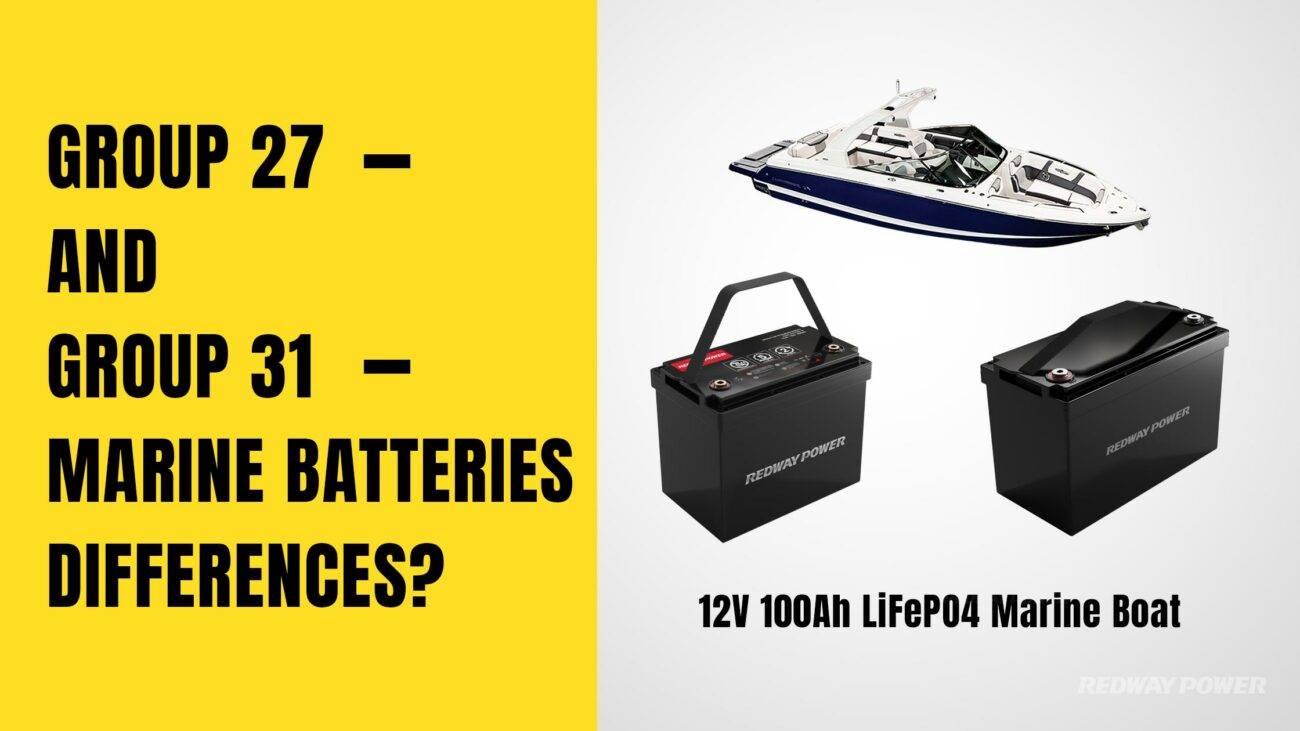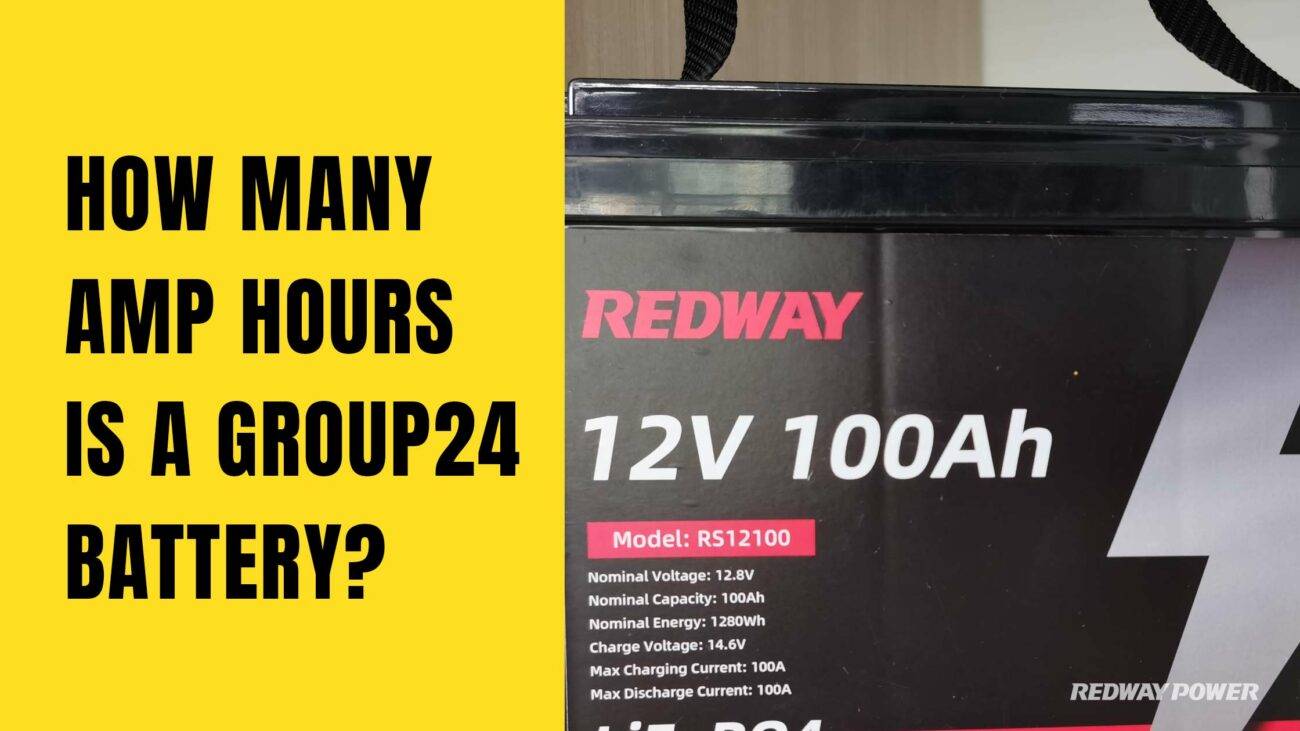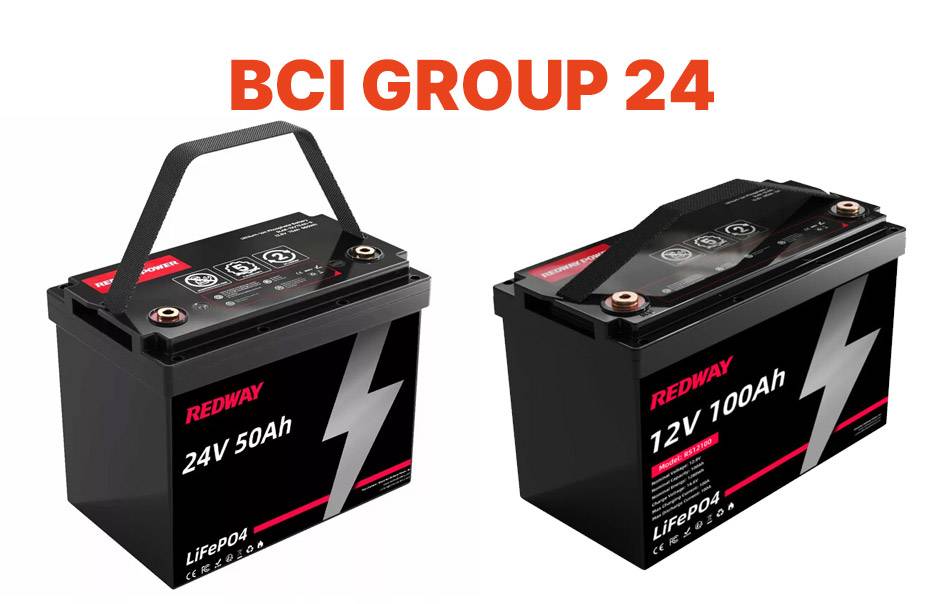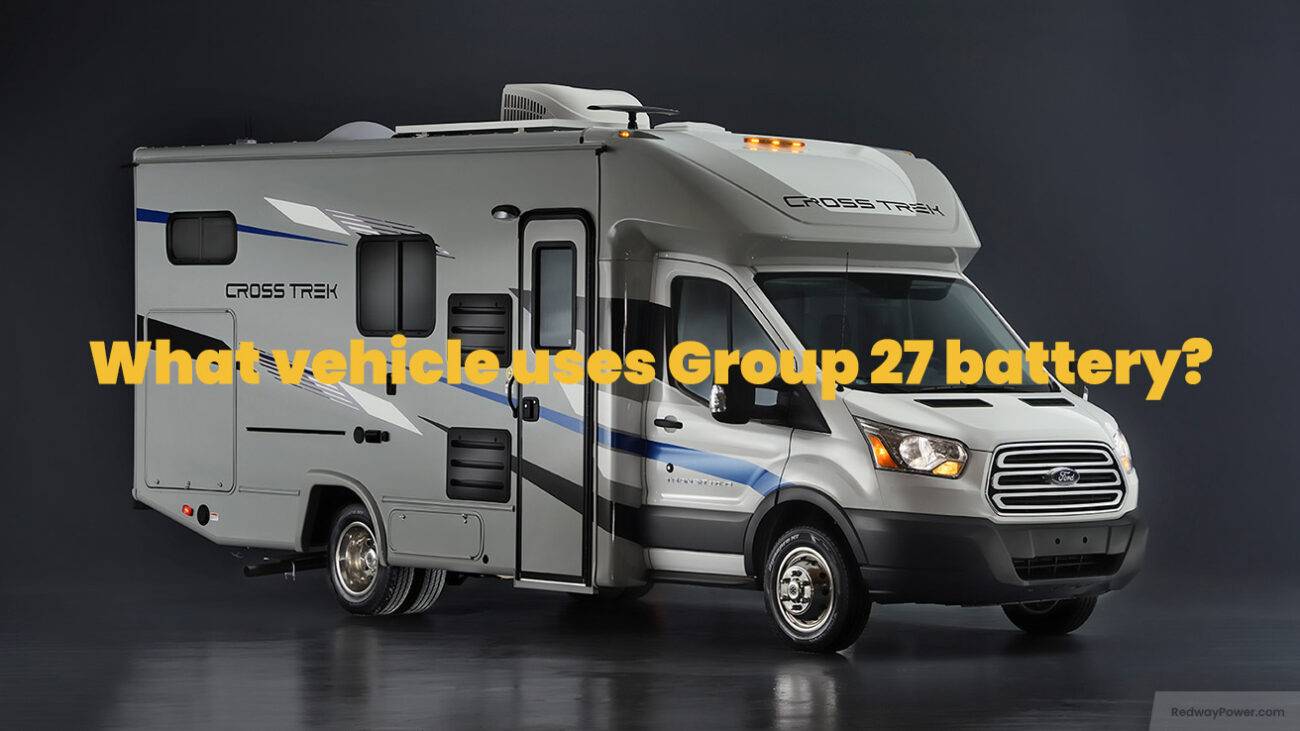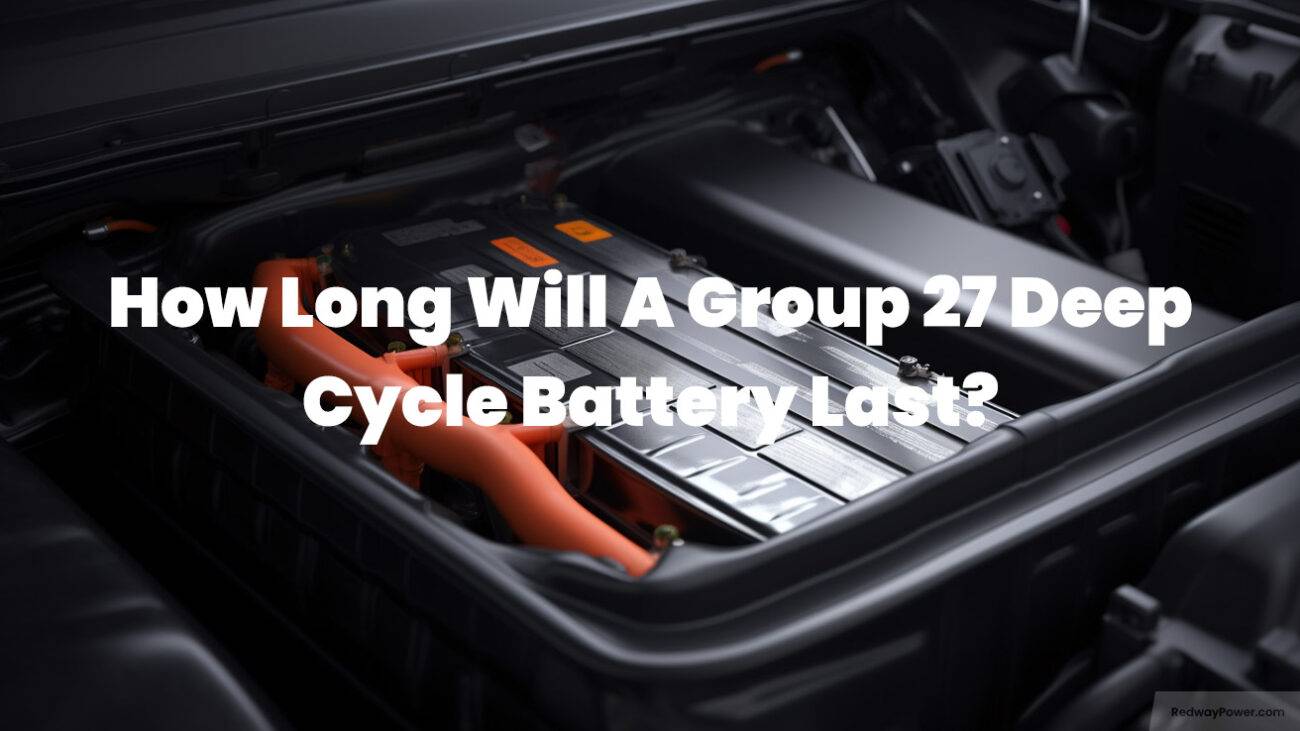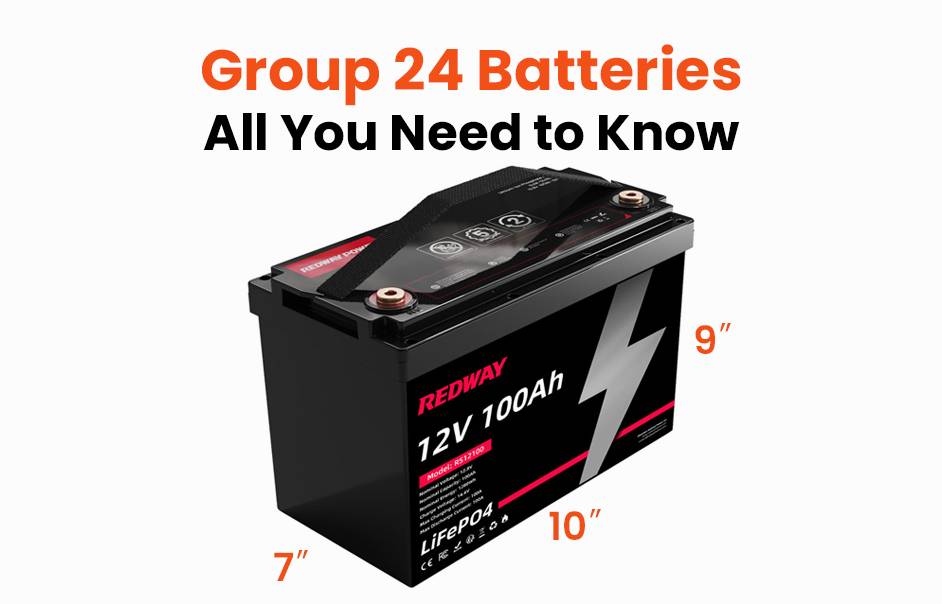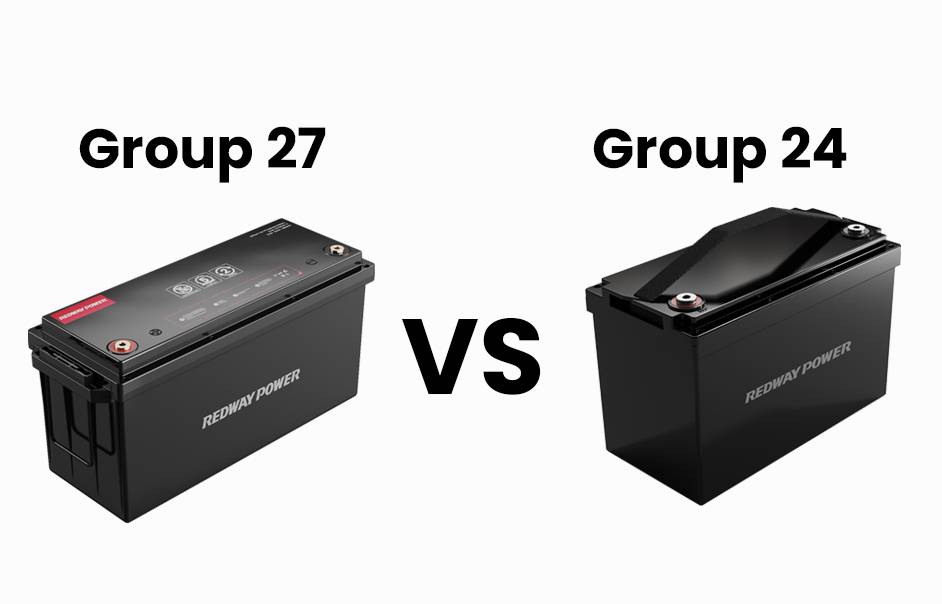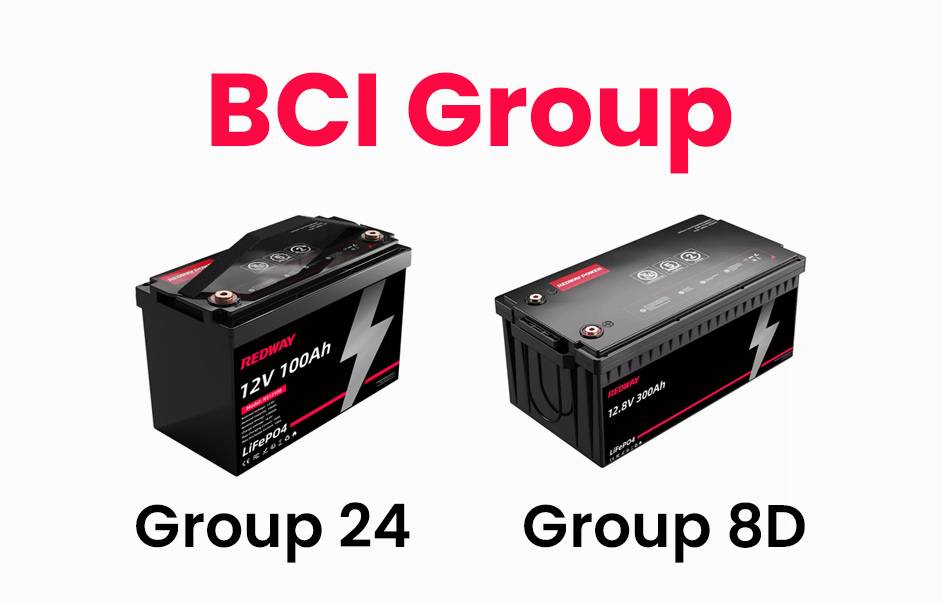In the battery market and unsure about Group 27 vs. Group 24 sizes? You’re in luck! Today, we’ll compare these popular battery sizes, helping you make an informed choice. Wondering which one suits your needs? Join us as we explore their differences in size, capacity, and offer tips for selecting the right battery for your vehicle. Let’s dive into the world of batteries!
Understanding Battery Group Sizes
When selecting a battery for your vehicle or marine equipment, understanding battery group sizes is crucial. These standardized codes denote a battery’s physical dimensions and electrical capacity, ensuring compatibility with your vehicle or equipment.
1. Standardization and Compatibility: Battery group sizes help ensure compatibility with your vehicle or equipment, as different applications require batteries of specific dimensions and capacities.
2. Group 24 vs. Group 27: Group 24 batteries are smaller, measuring approximately 10.25 inches (length) by 6.81 inches (width) by 8.94 inches (height). In contrast, Group 27 batteries are slightly larger, with dimensions around 12 inches (length), 6.75 inches (width), and 9.38 inches (height).
3. Electrical Capacity: Group 27 batteries typically boast higher amp-hour ratings compared to Group 24 batteries, providing more power for extended periods.
4. Considerations and Variations: While group sizes offer a general guideline, variations may exist between brands in actual dimensions and capacities. Consult your owner’s manual or seek professional advice to ensure the correct battery group size for your specific vehicle or equipment model.
Understanding battery group sizes empowers you to select a battery that fits your application’s physical constraints and power requirements effectively.
Comparison of Group 27 and Group 24 Batteries in Terms of Size and Capacity
When selecting a battery for your vehicle, size and capacity play vital roles. Here’s how Group 27 and Group 24 batteries compare:
1. Size Differences: Group 27 batteries are generally larger, with slightly higher dimensions in length, width, and height compared to Group 24 batteries. While the variance isn’t significant, it may affect fitment in some vehicles or tight spaces.
2. Capacity Variances: Both Group 27 and Group 24 batteries come in various capacities. Generally, Group 27 batteries tend to offer higher capacity due to their larger size, but specific ratings should be checked before deciding.
3. Considerations for Decision-making: Factors such as vehicle type, accessory power demands, climate conditions, and budget constraints should influence your decision. Remember, while larger batteries provide more power, they also add weight, potentially impacting fuel efficiency.
Seek expert advice from automotive stores or mechanics if unsure about the best option for your needs. And, prioritize regular maintenance to ensure optimal battery performance, regardless of size!
Factors to Consider When Choosing Between Group 27 and Group 24 Batteries
When deciding between a Group 27 and a Group 24 battery, several factors should guide your decision:
1. Size Constraints: Consider the available space in your vehicle or equipment. Group 24 batteries are generally smaller, making them ideal for limited spaces, while Group 27 batteries are larger and may require more room.
2. Power Requirements: Evaluate your power needs. Group 27 batteries typically offer higher amp-hour ratings, providing more power for longer durations. If you require greater capacity and extended run times, a Group 27 battery may be preferable.
3. Compatibility: Check manufacturer specifications to ensure compatibility with your device. Both battery options should meet the requirements of your vehicle or equipment without any issues.
4. Cost Considerations: Factor in your budget. Larger batteries often come with higher price tags due to their increased capacities. Be mindful of your budget while selecting the battery that best meets your needs.
By carefully considering these factors – size constraints, power requirements, compatibility, and cost – you can confidently choose between a Group 27 and a Group 24 battery that aligns with your needs and preferences, ensuring optimal performance without overspending.
Other Types of Batteries Available
When selecting a battery, options like AGM, lithium-ion, flooded lead-acid, and gel cell batteries offer diverse features to suit various needs:
1. AGM Batteries: Known for durability and steady power output, ideal for RVs, boats, and solar systems, enduring deep cycling.
2. Lithium-Ion Batteries: High energy density and longer lifespan, favored for EVs, electronics, and home energy storage systems, providing efficient power.
3. Flooded Lead-Acid Batteries: Economical choice, requiring maintenance like distilled water addition, commonly used in golf carts and backup power setups.
4. Gel Cell Batteries: Spill-proof and vibration-resistant, suitable for deep cycle applications like wheelchairs and marine equipment, offering reliable performance.
Consider your specific requirements and budget before deciding on the best battery type for your application. Consulting with a professional or conducting thorough research can aid in making an informed choice.
Tips for Maintaining Your Battery’s Performance
Battery maintenance is crucial for optimal performance and longevity. Here are some key tips to keep your battery in top shape:
1. Regularly inspect the battery: Check for any signs of corrosion, leakage, or damage on the terminals and cables. Clean off any dirt or debris that may have accumulated.
2. Keep it clean: A buildup of grime and dirt can cause resistance and affect the battery’s performance. Use a mixture of baking soda and water to clean the terminals if necessary.
3. Avoid deep discharging: Try not to drain your battery completely before recharging it. Deep discharges can shorten its lifespan significantly.
4. Charge properly: When charging your battery, make sure you follow the manufacturer’s instructions regarding voltage levels and charging time.
5. Monitor electrolyte levels (for flooded batteries): If you have a flooded lead-acid battery, check the electrolyte levels regularly using a hydrometer or by visually inspecting through transparent cases.
6. Protect from extreme temperatures: High temperatures can accelerate internal chemical reactions within the battery, leading to faster degradation. On the other hand, extremely cold temperatures can reduce its capacity temporarily.
7. Disconnect when not in use: If you’re storing your vehicle or equipment for an extended period without using it, disconnecting the negative terminal will prevent parasitic drain on the battery.
8. Consider investing in a trickle charger/maintainer: These devices provide a slow and steady charge when not in use, helping extend your battery’s life while preventing overcharging.
By adhering to these maintenance practices, you can ensure reliable power from your Group 27 or Group 24 batteries when you need it most!




